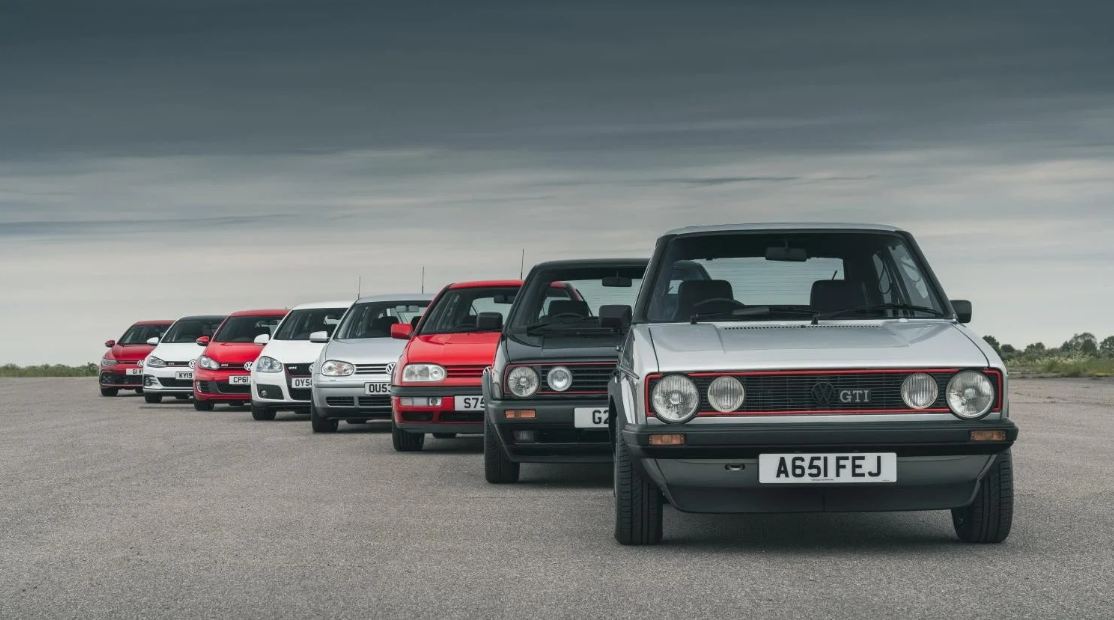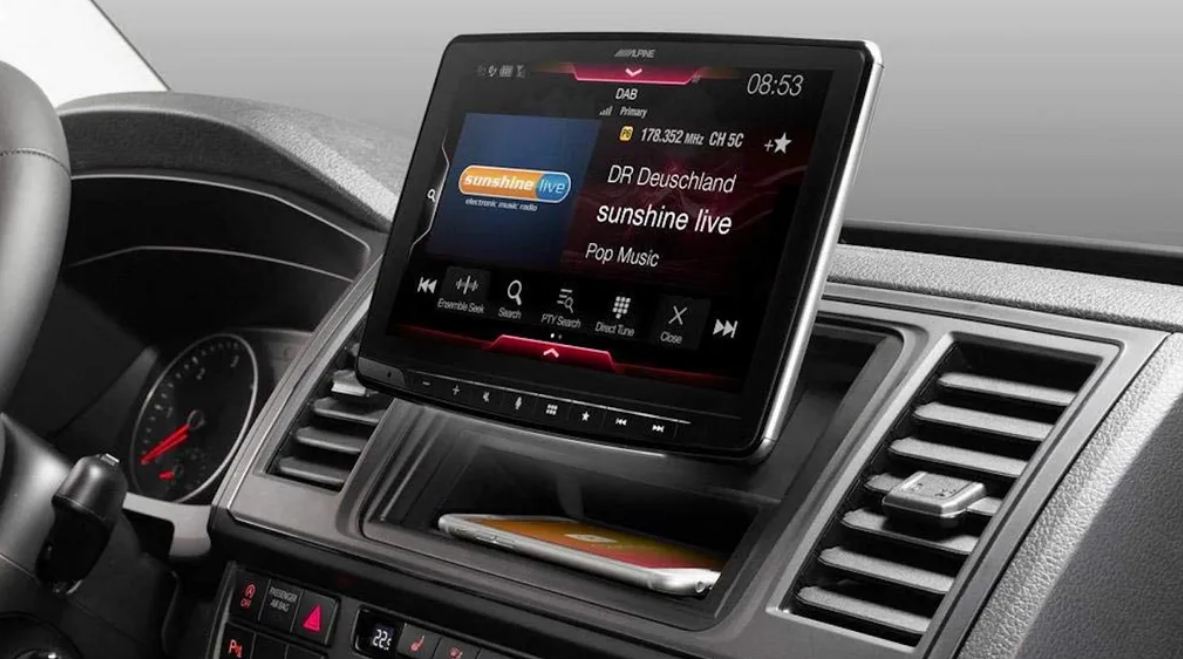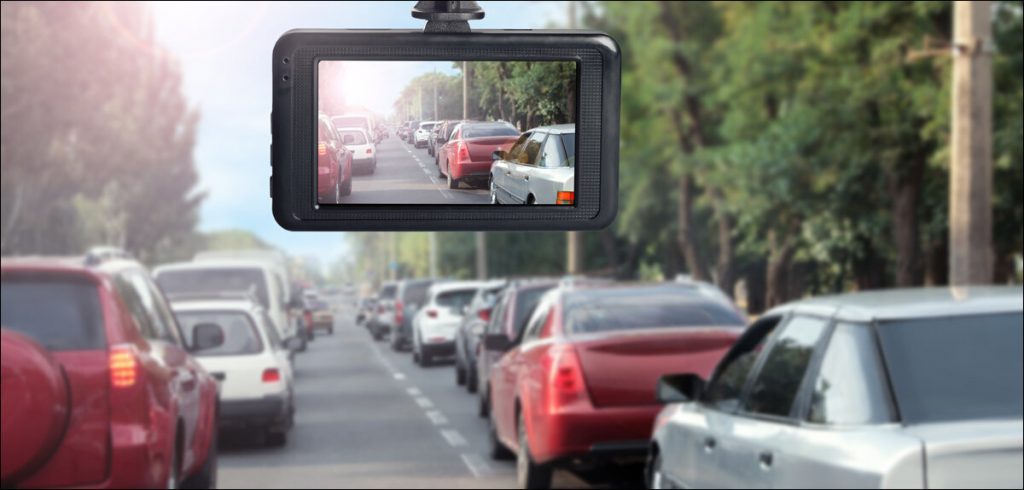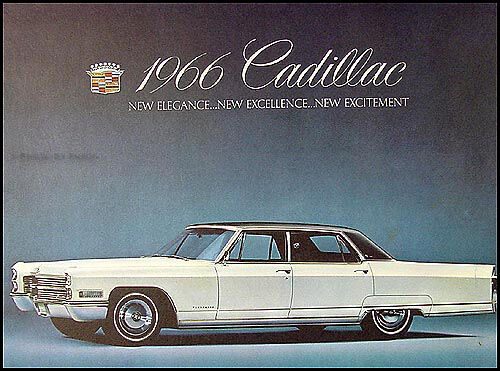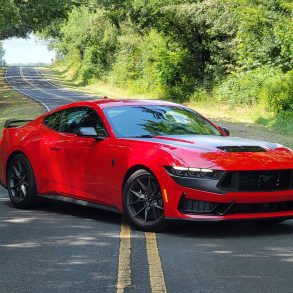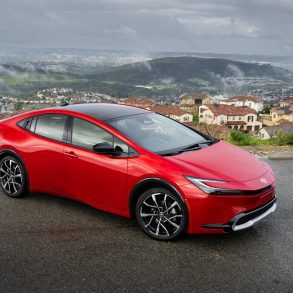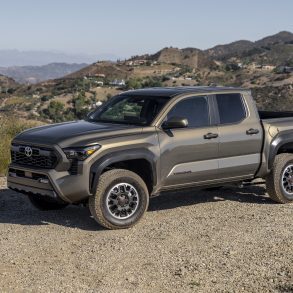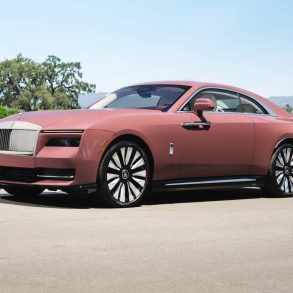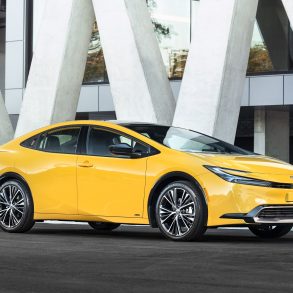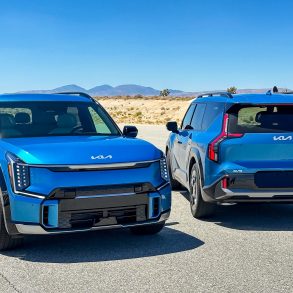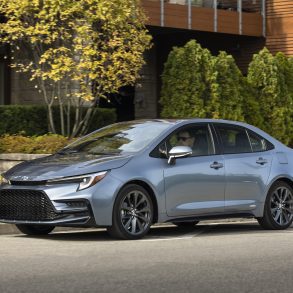There are plenty of good reasons for having an older vehicle. For a lot of people, shiny and new doesn’t always mean better. For some, it’s the adage: they just don’t make em’ like they used to. For others, an older car might be a rare, collectible, or vintage item that may hold sentimental value or bring fun and joy. Finally, for many, it may simply be that an older car is what meets their budgetary needs.
Whatever the reason, having an older vehicle no longer has to mean having an ‘old’ vehicle. With the technology and possibilities of today, modernizing an older vehicle has never been easier, and can fit many different budgets, styles, and needs. In this article, we will showcase 5 different ways to modernize your car, while still keeping what you love about your older vehicle.
Install a New Head Unit
Credit: T3
Have a vehicle that only has a cassette player, or maybe even just an empty slot? Whether it’s old buttons and features or nothing at all, you can upgrade your older car with contemporary stereo technology that can span touchscreens, Bluetooth technology, USB ports, Apple Carplay, Android Auto, navigation, and everything in between; this is achieved using a head unit.
A head unit is essentially the control system for your car’s sound system. In most older cars, this may (or may not) include a radio, a cassette player, a CD player, or none of the above.
For those looking to simply stream audio via Bluetooth without the need for advanced navigation or extra features, there are many options for stereo head units available within the $70-$200 USD price range.
For those looking for a bit more advanced features such as navigation, selecting a head unit that is compatible with your specific smartphone type (Apple or Android) is a good starting point. Some models even boast retractable screens that tuck away into the dashboard when not in use. It’s important to note, however, that the more features and complexity a stereo system has, the higher its cost will likely be. These more advanced units are likely to cost closer to the $500 – $1500 USD range.
Frontview, Rearview, and Dashboard Cameras
Credit: Sify
Most newer vehicles have either sensors, front-view cameras, rearview cameras, or some combination. These features are aimed at improving visibility around the vehicle by increasing the field of vision in those trickier spots.
Front and rearview cameras, typically ranging from $100 USD – $500 USD, reduce blind spots for drivers, making it safer to reverse the car by displaying obstacles behind the vehicle that are not visible through mirrors. Additionally, these cameras can aid with parking as they often come with guidelines on the display that help you understand the space available to make maneuvering and parking easier and safer. Finally, they can help prevent accidents with pedestrians, pets, or objects that are out of the normal field of view when moving in reverse.
In addition to front and rearview cameras, dash cams can also be installed to provide some different benefits. Dash cams are mounted inside the vehicle, usually on the dashboard or attached to the windshield, and continuously record the view through the vehicle’s front windscreen and sometimes rear or other windows. You can even opt to have both a front and rear dash cam. The main benefit of dash cams is the recording feature; in the event of an accident, they provide valuable evidence, showing the events leading up to the collision and providing proof of the circumstances surrounding an accident. Additionally, if you just want to record your journey to share with others, a dashcam can do that too.
Different types of dashcams, varying in price points from $100 USD ton $1000 USD can be recorded to a device inside the vehicle, or automatically upload to a cloud-based server. Additionally, many dash cams offer features such as displaying one’s speed, having the option to use power from the vehicle or an external battery, and automatically start recording if parked if the vehicle senses nearby movement or impact.
New Body Parts
Credit: Pinterest
We’re not talking about the typical car modification enthusiast parts like a new grill. Cars typically come with a variety of models and some trim levels have bells and whistles that entry-level models do not.
A prime example is side mirrors, where certain models may have turn signals incorporated into the mirror. You can find yourself a set of auto side mirrors with features such as turn signals, heated elements for defrosting, and even puddle lights to illuminate the ground.
However, it’s worth noting that some mirrors may require wiring and electrical work.
Upgrade Headlights and Bulbs
Credit: Medium
Upgrading your vehicle’s external lighting system is an easy way to modernize your vehicle in terms of appearance, but also in safety. The purpose of headlights is both to see and be seen and changing your headlights and bulbs can help with both.
Cars utilize four primary types of headlight bulbs: halogen, HID (High-Intensity Discharge), LED (Light-Emitting Diode), and laser, with halogen being the least expensive and laser being the most expensive.
These headlights can be part of either reflector or projector systems. Reflector systems are more cost-effective and compact but may produce uneven lighting. Projector systems, on the other hand, deliver a more uniform light distribution and prevent glare to oncoming traffic.
Halogen bulbs are widely used due to their cost-effectiveness and simple replacement process. These bulbs, provide bright light but have a slight yellow hue. Although they’re affordable and easy to replace, their lifespan is shorter than other types as they run fairly hot, typically ranging from 450 to 1,000 hours and costing around $10 – $20 USD per bulb.
LED technology offers energy efficiency and longevity, with bulbs lasting between 10,000 to 30,000 hours. These bulbs emit a bright, white light, allowing for versatile design options in headlight assembly, and increased safety as they tend to run cool to the touch. However, LEDs tend to be more expensive, averaging around $100 USD per bulb.
HID bulbs are known for their intense brightness and bluish-white light, enhancing visibility over longer distances, but potential to impair visibility to oncoming drivers and pedestrians (unless utilizing the aforementioned projector system to curb the glare). HIDs have a lifespan of 2,000 to 10,000 hours and cost around $100 USD per bulb.
The latest in headlight technology, laser headlights, offer unparalleled efficiency and brightness. They can last up to 50,000 hours but are currently the most expensive option ranging from $8000 – $12000 USD.
Heated Seats
Credit: Intact
Modernizing an older vehicle with the addition of heated seats is a luxurious upgrade that enhances comfort, especially in colder climates, and doesn’t have to break the bank. The very first vehicle to feature a heated seat was the 1966 Cadillac Fleetwood.
Credit: eBay
Although some vehicles come with heated seats as a standard or upgraded feature, owners of older vehicles most likely do not already have this feature. With two options for adding heated seats available, you can choose how you want your heated seats to be added to your ride.
The first option for heated seats in a vehicle is to have upgraded seats installed after purchasing the vehicle. Since a car’s cabin has a design that only allows for specific seat sizes and styles, you would need to work with an automotive professional to get OEM-heated seats that will fit properly and ensure access to the controls and pedals, or if you’re feeling confident, purchase a do it yourself installation kit.
The other seat heating option is adding removable heating accessories to the seats in your vehicle. A heated seat cover with a universal fit is a popular option that doesn’t require much effort to install. It simply slips over the seat and connects to the AC adapter or another power source within the vehicle. When you sit on the seat, you can turn it on to warm the seating material. The cover will turn off when it no longer has a power source, and it won’t overheat when the vehicle is off and parked.

